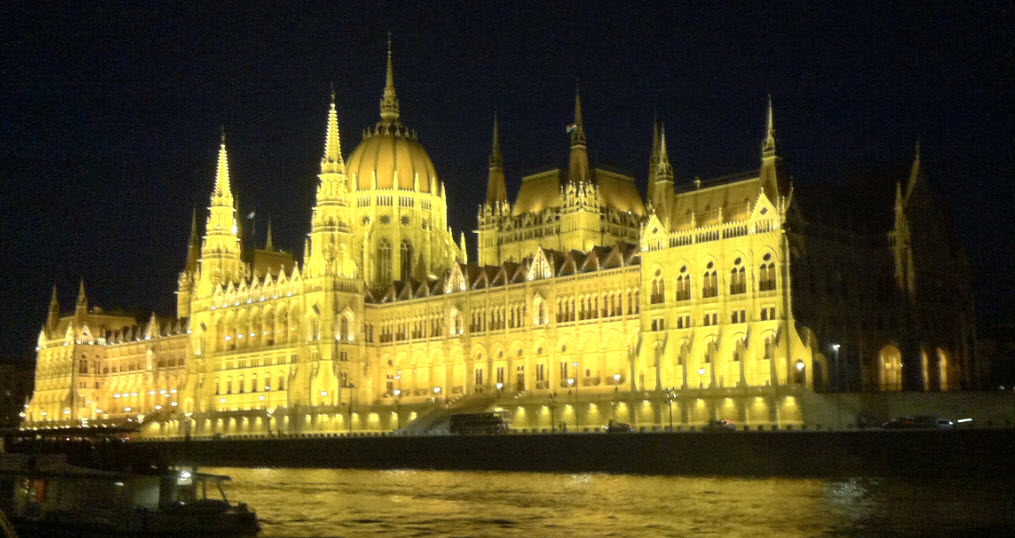Cosmos Tour: Prague Vienna Budapest – Charles Bridge Prague
Friday, December 26th, 2014The Charles Bridge over the river Vltava is the oldest bridge in the city, built between the 14th and 15th century and lined with statues and lamps and with Gothic towers on both ends.
The bronze statue of St. John of Nepomuk is the oldest (and most famous) one, created in 1683. St. John was a parson who refused to betray a secret confided to him by Queen Sophia when asked by King Wenceslas IV. In 1393, he was tortured on the king´s demand and then thrown into the river from the Charles Bridge. After his death, supposedly five stars appeared above the river.
There is a brassy cross with five stars at the place on the parapet, where he was thrown to the river. If you place your hand on the cross, so that each finger will touch one star, you can wish for something and it will be fulfilled. People also touch the relief on the statue for luck.
www.cosmos.com/Product.aspx?trip=46050
Tags: bridge, bronze, Budapest, century, Charles, city, Cosmos, Cosmos Tour: Prague Vienna Budapest, cross, death, finger, Gothic, hand, King, lamp, luck, Nepomuk, parapet, parson, Prague, Queen Sophia, river, secret, St. John, star, statue, torture, tour, tower, Vienna, Vltava, Wenceslas, wish
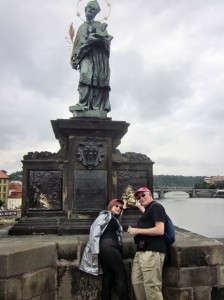
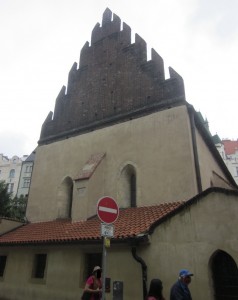
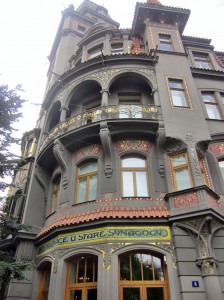
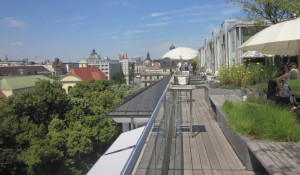
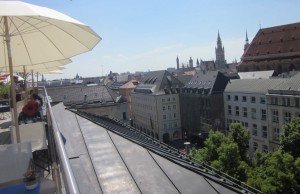
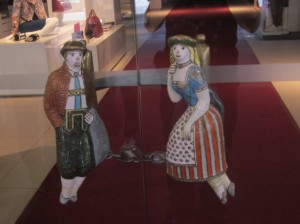
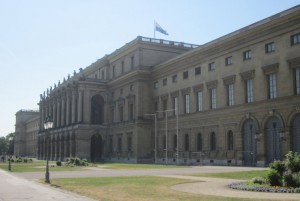
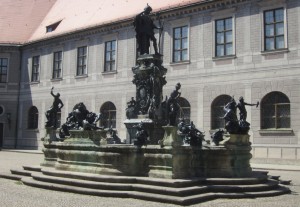
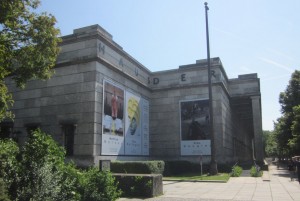 anda. It opened July 18, 1937 to highlight what the Third Reich regarded as Germany’s finest art. Since Hitler thought Modern Art was crap, he intended this as an edifying contrast to it.
anda. It opened July 18, 1937 to highlight what the Third Reich regarded as Germany’s finest art. Since Hitler thought Modern Art was crap, he intended this as an edifying contrast to it.